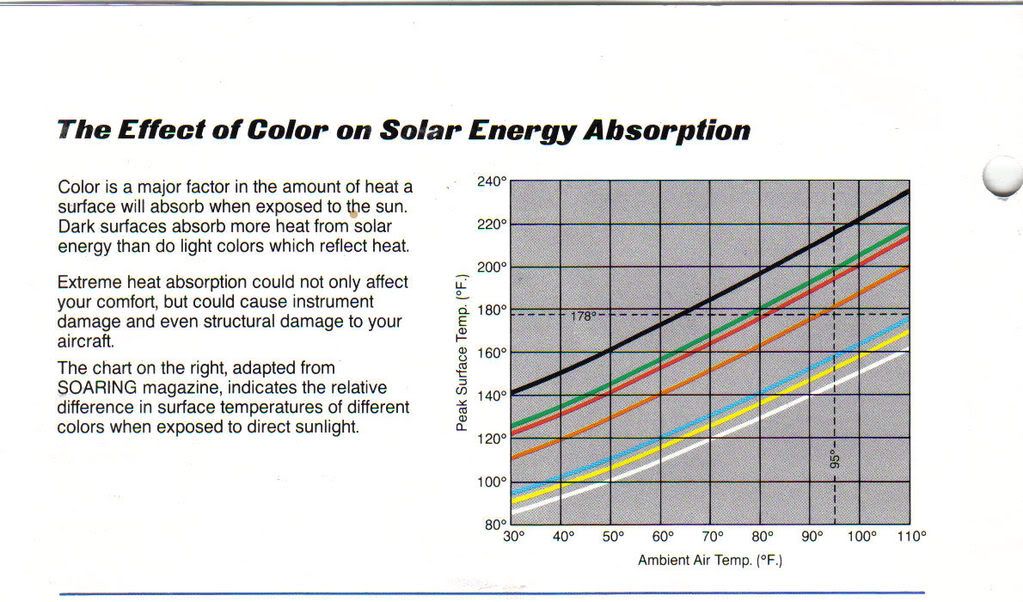Re: Pre-shrinking Tapes
I have covered and re-covered several airplanes over the years, and never pre-shrank the tapes. I have glued tapes going around an outside curve in the center of the tape only, and then would shrink the edges with the iron to bring them in close to the curve and lay down snugly around the edges, then glue down the rest of the tape. In all the years, I never had any problem with tapes pulling loose or coming un-glued. My fabric cover jobs have held up well, some over 30 years. And they mostly look nice, as good as any you'll see. I think this is not really necessary, in my experience, and possibly a source for troubles.
I have covered and re-covered several airplanes over the years, and never pre-shrank the tapes. I have glued tapes going around an outside curve in the center of the tape only, and then would shrink the edges with the iron to bring them in close to the curve and lay down snugly around the edges, then glue down the rest of the tape. In all the years, I never had any problem with tapes pulling loose or coming un-glued. My fabric cover jobs have held up well, some over 30 years. And they mostly look nice, as good as any you'll see. I think this is not really necessary, in my experience, and possibly a source for troubles.

Comment